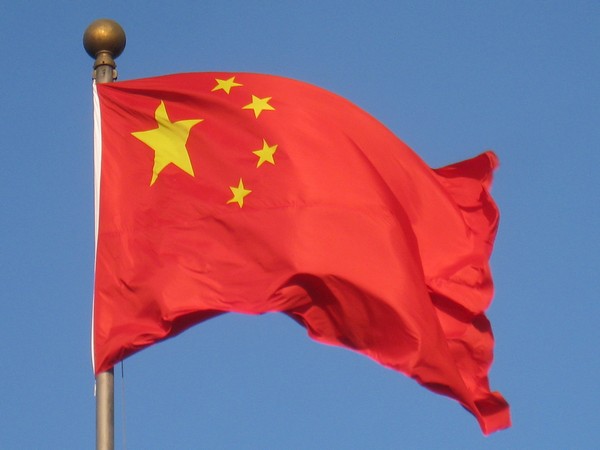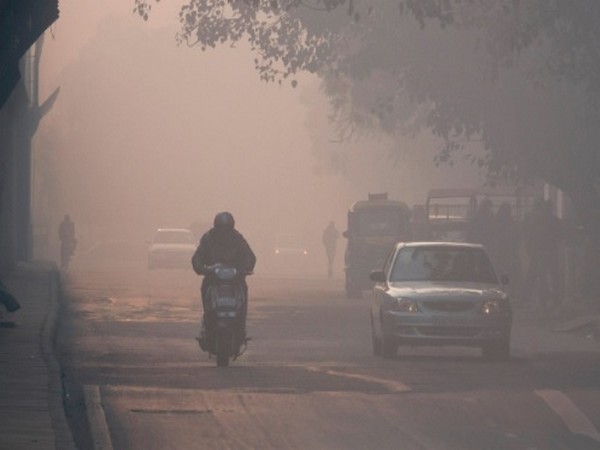
China’s Debt-Trap Policy Hits Its Global Image
China’s image as a preferred investor in Asia have suffered due to policies leading to debt traps along with the human rights situation in the country.
Countries like Nepal, Bangladesh and Sri Lanka are among those where questions are being asked about Chinese investments. In Nepal, some Chinese entities were blacklisted in some infrastructure projects due to extreme negligence and delay in work, according to reports.
Some of these aspects were also brought forth by a recently published think-tank report.
“There is a relatively new revelation that along with debt burden, the major Belt and Road Initiative (BRI) countries are also facing ever-rising trade deficit. Merged with debt trap, the trade trap associated with BRI investments have jolted the financial stability of Pakistan and many other BRI countries,” said a Canada-based think tank, International Forum for Rights and Security (IFFRAS).
In contrast to a debt trap, a trade deficit trap is a situation being experienced by countries who relied heavily on China for investments. In this situation, a country experiences an ever-widening trade deficit after its newly built infrastructure projects are completed.
According to IFFRAS, Pakistan is one among such countries that faces severe deficit in trade balance too, especially with China.
Some of the projects in Nepal such as the Kathmandu-Kerung Interstate Railway, Galchhi Rasuwagadhi-Kerung transmission line and Syafrubensi-Rasuwagadhi road section have fallen into disrepair, according to reports.
The construction work of the 30 MW Nyadi Hydropower Project on the Ngadi River at Bahundanda in Lamjung, which was started by the Chinese company Chachiang Hydropower Construction and Installation Company in April 2013, is learnt to be delayed.
Similarly, the Central China Power Grid International Economic Trade Organization, which delayed the project due to extreme negligence in the construction of the Hetauda-Bharatpur-Bardaghat transmission line is also reportedly on the blacklist of the Nepal Electricity Authority (NEA).
The NEA has warned the Chinese contractor Kwangsi Hydro and Electrical Construction, which has been entrusted with the 102 MW Madhya Bhotekoshi Hydropower Project in Sindhupalchowk, to be blacklisted, break the contract and pay fines if the work is not completed within the next five years.
The Chinese companies have delayed the work not only in Nepal’s hydropower and infrastructure but also in the field of aviation. The Pokhara airport, which was expected to be completed in 2021, is also in dilapidated condition.
The Pokhara airport built by the Chinese company CAMC on a loan of USD 214.7 million from the Chinese Import-Export Bank (EXIM) is not technically operational immediately. However, the government has already started paying 2 per cent interest on 75 per cent of the Chinese loan, according to reports.
China, which once promised to bring prosperity to Nepal through its investments, has now abandoned dozens of large-scale projects. In a quest for rapid progress and development, Bangladesh is falling under the debt trap of China by sponsoring infrastructure projects.
As Chinese companies want to build the Metro Rail in Chittagong with their funds, it implies that, after the completion of the project, Chinese technicians will continue to stay in Chittagong under the cover of maintenance of the Metro. It is an attempt by China to strengthen its footstep in Bangladesh, especially in Chittagong which is strategically important.
The main target of China is Chittagong Port, which is the main port of Bangladesh from where entire Bangladesh’s export and import takes place.
China is gradually bringing Bangladesh into its trap as it is already the major supplier of arms to Bangladesh. China has made a hard bargain with Pakistan when it comes to payback on its loans and other investments in Pakistan.
In the fiscal years 2021 – 2022, Pakistan paid around USD 150 million towards interest to China for using a USD 4.5 billion Chinese trade finance facility. In the financial year 2019 – 2020, Pakistan paid USD 120 million towards interest on USD 3 billion in loans. (ANI)



